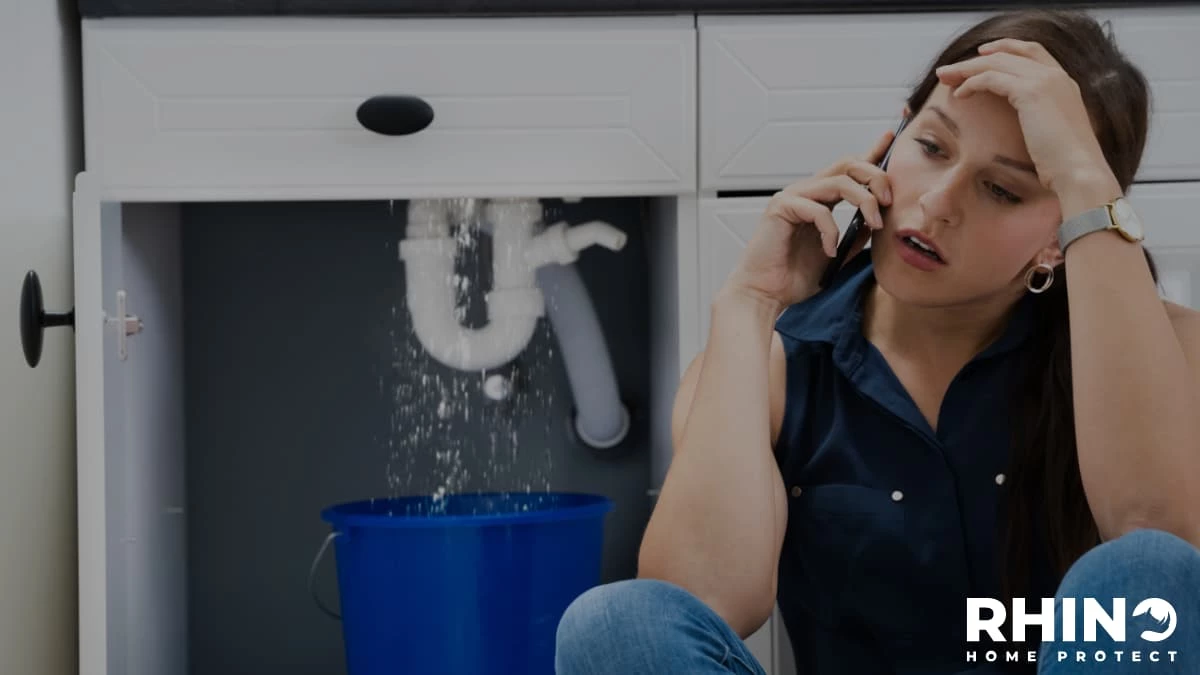How to pack when moving house
Moving house is said to be up there with the most stressful life events.
We suspect this must be partly due to the packing process. Whether you’re in a studio or seven-bedroom, boxing up your entire life is no easy feat.
It doesn’t have to be that way. Check out our list of ten tips on how to pack for moving house.
-
Check out moving companies
Decide on a moving service that suits your requirements and budget well in advance. You can do this as soon as your offer is accepted on a property, although most movers require a deposit.
Moving is always a mammoth task, but there are different levels of help available. Some companies offer a full package which includes packing your possessions, whereas others only provide the basic ‘man-and-van’ service.
It goes without saying that the more help you get, the more it’ll cost.
-
Plan your time
Moving will always take longer than you think. Some people believe transporting your life's possessions can be done in a day – it can’t.
Even a one-bedroom flat will take several days to properly pack and move – although completing on a house sale takes time, so in most cases, you can spread your moving efforts over several weeks.
If you have young children, see if you can enlist the help of grandparents or trusted friends on moving day itself. The hustle and bustle of moving house can be stressful for youngsters, and it might not be the best idea to have them around so much chaos while you’re distracted.
-
Clear out
Most of us have several years’ worth of junk stashed away, and moving house is the perfect time for a massive clear-out.
You can start this process 4 – 6 weeks ahead of your anticipated completion date.
-
Donate
One person's trash is another's treasure. If you’ve got old clothes, shoes, toys, electricals or kitchenware in good condition, consider donating them to your local charity shop, shelter or refugee support hub. Go online and see which organisations are accepting donations in your area and spend a day bagging your old possessions, ready for their new lease on life.
-
Sell
You probably have some valuable items in amongst all that clutter. Things like video games, furniture, mirrors, branded clothes and bags, hi-fis, sports items and fitness equipment sell well on sites like Facebook Marketplace and Gumtree.
-
Throw
Sometimes, the only thing to do is grab a bin bag and get ruthless. You don't need broken, worn out, or unsanitary items coming to your new home with you, so check the opening times of your local tip on your council’s website and plan a few trips. Make sure you safely dispose of old paint tins, batteries, DIY materials and chemicals.
-
Acquire your packing materials
Gather the packing essentials - boxes, tape, bubble wrap and a marker pen. You don’t need to buy these new – it’s better for the planet (and your wallet) to save packing materials from deliveries, or ask local businesses, friends and relatives if they have any going spare.
-
Go room-by-room
You can begin this process at the same time as your de-cluttering efforts, 4 – 6 weeks ahead of the big move.
Don’t pack up your kitchen or bedroom first – you’ll likely need a lot of that stuff in the coming weeks – so begin with lesser-used areas like dining rooms, spare bedrooms and the contents of storage cupboards.
-
Designate a room
Depending on how much space you have, you can designate a ‘packing’ room. A spare bedroom or unused dining room is perfect for this – you can store boxes there, so they're out of the way of the rest of the house in the run-up to the move.
If you don’t have an entire room going spare, you could use the corner of a larger living room. Just be careful not to pile boxes too high, especially if you have young children, as this can be a severe safety hazard.
-
Be smart with space
Throwing the contents of your wardrobe into cumbersome cardboard boxes isn’t the best use of space. Look at space-saving solutions such as plastic vacuum storage bags to store items like out-of-season clothes, soft toys, duvets and bulky items like walking boots and ski clothing. You’ll have to buy the bags, but they’ll come in handy in your new place, as they shrink soft items down to around half their original size for storage.
Instead of going wild with the bubble wrap, you could use tea towels, spare sheets, duvet covers, and even socks to pad out breakable items. Remember to fill suitcases, laundry baskets and other empty containers with items to save space in the moving van.
-
Clearly label each box
Make sure you label each box clearly with its contents and the room it's destined for. This will make it so much easier when it comes to unpacking at the other end.
Invest in a roll of FRAGILE tape. It’s very common for things like ornaments, china and plant pots to get broken during a house move – minimise the chance of this happening by clearly marking boxes containing delicate items as fragile.
-
Store-cupboard cooking
If you’re like most people, you’ll have accumulated quite a collection of store-cupboard ingredients while at your current place. We bet you've got hundreds of half-used packets, jars and bottles lurking in your cupboards. If so, now is the time to get creative in the kitchen and use them before moving day.
Of course, you could always bring them with you, but avoid moving with half-empty jars, bottles and bags of ingredients, as there’s almost always a spill or leak.
-
Keep essentials separate
Around two weeks before your expected moving date, set aside the essentials you know you'll need right up until the last day.
This includes toiletries, work clothes, underwear, sleepwear, medication, important paperwork, essential kitchenware, and ID documents. A suitcase – one per person – is perfect for this, and you can drive it to your new address yourself if you don't want to put it in the moving van.
We hope our list has been useful in preparing for your upcoming house move. Happy packing!



